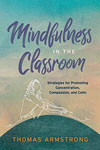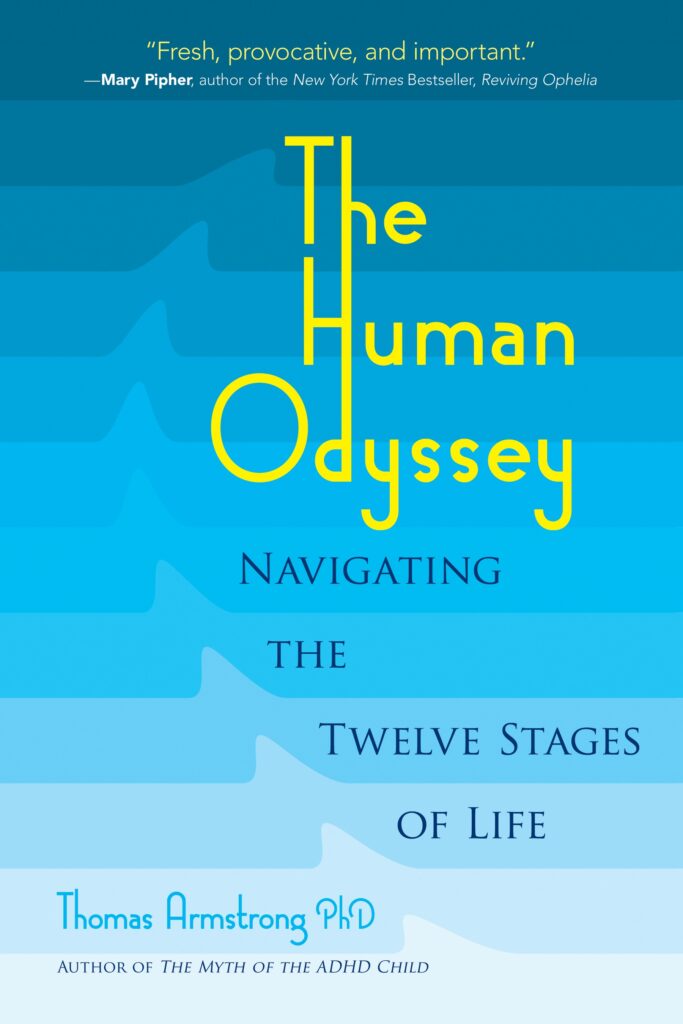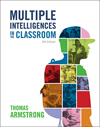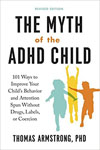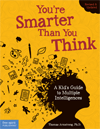 As we age, the chances of getting Alzheimer’s disease or another dementia increases. The number of people with Alzheimer’s disease doubles about every 5 years beyond age 65. About one-third of all people age 85 and older may have Alzheimer’s disease. However, many people live into their 90s and beyond without ever developing dementia. (Click here for more information about dementia). What can we do to help ensure that we belong to this disease-free group? While genetics has a large role in determining who gets dementia and who doesn’t, there’s still a lot we can do to lessen the likelihood that we will develop symptoms.
As we age, the chances of getting Alzheimer’s disease or another dementia increases. The number of people with Alzheimer’s disease doubles about every 5 years beyond age 65. About one-third of all people age 85 and older may have Alzheimer’s disease. However, many people live into their 90s and beyond without ever developing dementia. (Click here for more information about dementia). What can we do to help ensure that we belong to this disease-free group? While genetics has a large role in determining who gets dementia and who doesn’t, there’s still a lot we can do to lessen the likelihood that we will develop symptoms.
Education is key here. Many articles on this topic recommend doing crossword puzzles, sudoku, reading, and staying socially connected. These are all great ways to stay mentally healthy, but an even more complete template of brain enrichment is available to us: Dr. Howard Gardner is a psychologist at Harvard University, and his theory of multiple intelligences suggests that we all have at least eight (or nine) intelligences, including Word Smart, Picture Smart, Number/Logic Smart, Nature Smart, Music Smart, People Smart, Self Smart (and as a possible ninth intelligence) Life Smart. These intelligences are represented in regions throughout the brain. Gardner’s theory can provide a roadmap to educating ourselves so that we increase the chances that we will remain dementia-free.
Science has demonstrated that as we enrich our environment, we also enrich the connections between brain cells. If we use all eight or nine intelligences as we age, using activities for each kind of intelligence, we can increase the chances that we will have a surplus of neurons should Alzheimer’s or another dementia strike and this may either lessen our symptoms or help us avoid them entirely. Here is a list of possible activities for each intelligence:
- Word Smart – reading, storytelling, listening to books, writing
- Number/Logic Smart – math games, Rubik’s cube, math skills, science
- Picture Smart – drawing, painting, photography, doodling, video
- Body Smart – sports, dance, acting, carpentry, sculpture
- Music Smart – singing, listening to music, learning an instrument
- Nature Smart – hiking, collecting, star gazing, camping, gardening, pets
- People Smart – social groups, friendships, volunteerism
- Self Smart – entrepreneurship, journaling, psychotherapy, self-help
- Life Smart – mindfulness meditation, prayer, introspection
For more information about Gardner’s theory of multiple intelligences, get my practical guides to MI theory for:
- Adult learners (7 Kinds of Smart: Identifying and Developing Your Multiple Intelligences)
- Educators who teach children and adolescents — kindergarten through high school (Multiple Intelligences in the Classroom, 4th edition) and/or
- Parents (In Their Own Way: Discovering and Encouraging Your Child’s Multiple Intelligences).
This blog post was brought to you by Thomas Armstrong, Ph.D. and www.institute4learning.com.
Follow me on Twitter: @Dr_Armstrong.








